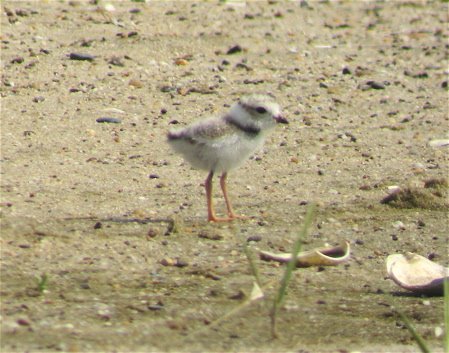Looking for some cool birding opportunities for a vacation? How about volunteering for two weeks in Maui (that's right, go to Hawaii) for 2 weeks and help researchers with endangered birds: MAUI RARE BIRD SEARCH VOLUNTEERS (4) wanted for two weeks, 13-24 Sep 2010, to conduct transect searches for Maui Parrotbill, and other endangered forest honeycreepers, in Waikamoi Preserve on Haleakala, Maui, Hawaii. Parrotbill are critically endangered, estimated at around 500 remaining individuals.
Primary field duties include aiding staff from the Maui Forest Bird Recovery Project with finding and GPSing locations of Maui Parrotbill and `Akohekohe and recording Maui Creeper encounters along transects. Field duties are physically challenging, working at 5,000-7,000 ft elevation, in muddy and steep rainforest conditions.
Desirable Qualifications:
1. Excellent physical health (no chronic problems with knees, ankles, or back)
2. Excellent birding skills and capacity to detect birds by their vocalizations
3. Experience and comfort with wilderness hiking (4) Experience and comfort with group living.
Provided Benefits: (1) Learn about Hawaiian forest bird conservation and bird ID with biologists from the Maui Forest Bird Recovery Project; (2) Search and probably see one of the most endangered birds in the United States in an amazing rainforest setting; (3) Housing at our intern and volunteer cottage and in the conservation research cabin on Haleakala (4) Transport to and from the airport and into town for shopping (5) Field gear required for searches.
Work schedule will include 2 full days of training and 7-8 days of searches in The Nature Conservancy’s Waikamoi Preserve with a weekend break in between for your own free time to explore Maui. Volunteers will provide their own food during their stay as well as their transport to and from Kahului, Maui. The Maui Forest Bird Recovery Project is asking for a $600 donation to help off-set costs of volunteer accommodation rental, transport, and field supplies. The donation is tax deductible. To apply please send a cover letter outlining your current physical fitness for rugged field work, your field biology experience, especially bird surveys or rare bird searches, your wilderness or back-country experience, and a recent resume to DR. DUSTI BECKER (EM: dusti AT mauiforestbirds.org).
It's tax deductible, you get to help birds and researchers, it's in Hawaii and it's a cool way to spend a vacation! Now, Hawaii is all well and good, but the following opportunity is more my style and if I weren't happily married and I would be applying for one of the following positions to study boobies in Galapagos...yep, 2 magical words for birders: Galapagos and boobies!
GALAPAGOS ISLANDS--NAZCA BOOBIES. Two field assistants needed for each of two trips (mid-Oct. 2010 to mid-Jan 2011 and mid-Mar to mid-Jul 2011) for work on breeding biology of Nazca boobies on Espanola Island, Galapagos, Ecuador. The assistants will join a group totaling five continuing a 26-year study of this species.
Majority of the work will be identifying banded parents at nests and marking nests, 7-9 hrs per day of physically taxing and fascinating work in an incredible place. The group will live in tents and a primitive field camp on this uninhabited island, a day's boat ride from the nearest civilization.
Requirements: physical fitness, tolerance of heat and sun, cheerful can-do attitude. Previous field experience required, Spanish desirable. All expenses paid, including travel from your home base. No salary. These positions will be filled as soon as possible. Presently we are recruiting for the first trip, but if you are interested in both trips, please indicate this in your cover letter. Please email a one-page cover letter and contact information for three references, with c.v. attached, to DR. DAVE ANDERSON at Wake Forest University (EM: da AT wfu.edu).
All expenses paid and you get to spend a 2 months in a tent on Galapagos--for free! And it's not just sightseeing, you are on a project to help boobies. Can you imagine the great stories you'd have to tell at cocktail parties? Or how that would look on a resume? That's one heck of an adventure! Ah, I wish I could do this trip, sounds amazing!




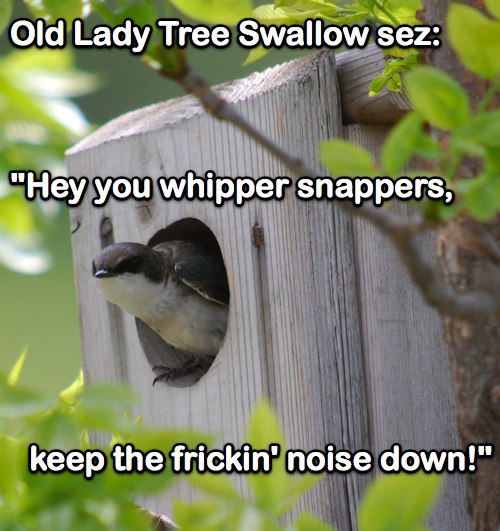
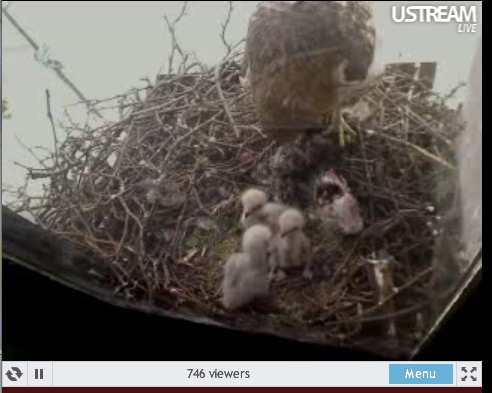
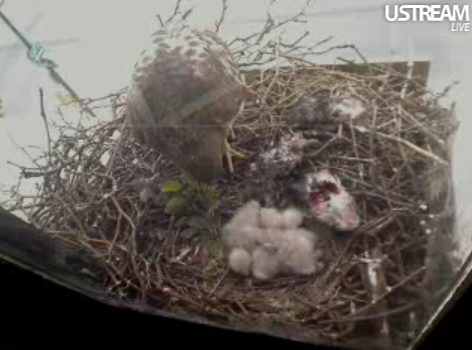
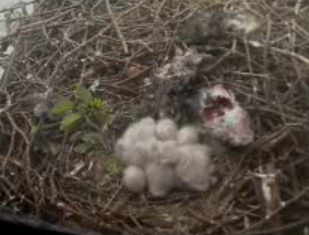
 I saw some Canada goose goslings yesterday as well as a few mallard ducklings. Another serious spring sign was hearing an oriole sing--do you have your
I saw some Canada goose goslings yesterday as well as a few mallard ducklings. Another serious spring sign was hearing an oriole sing--do you have your 
